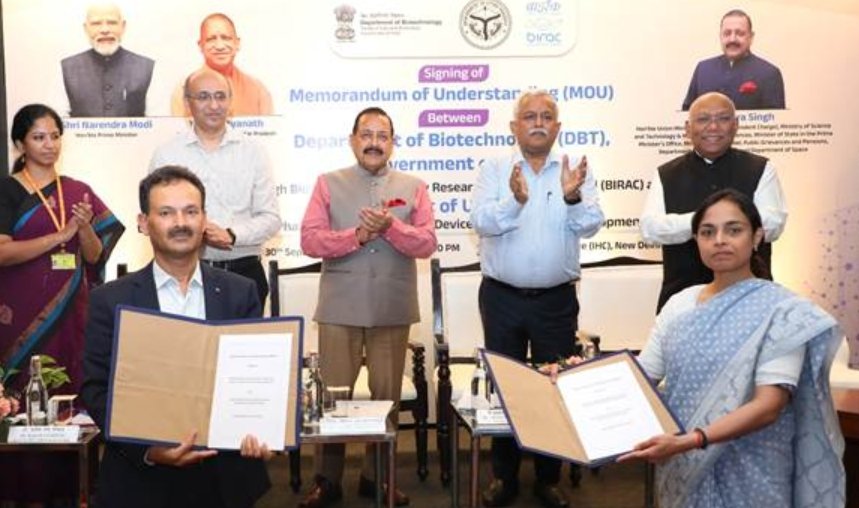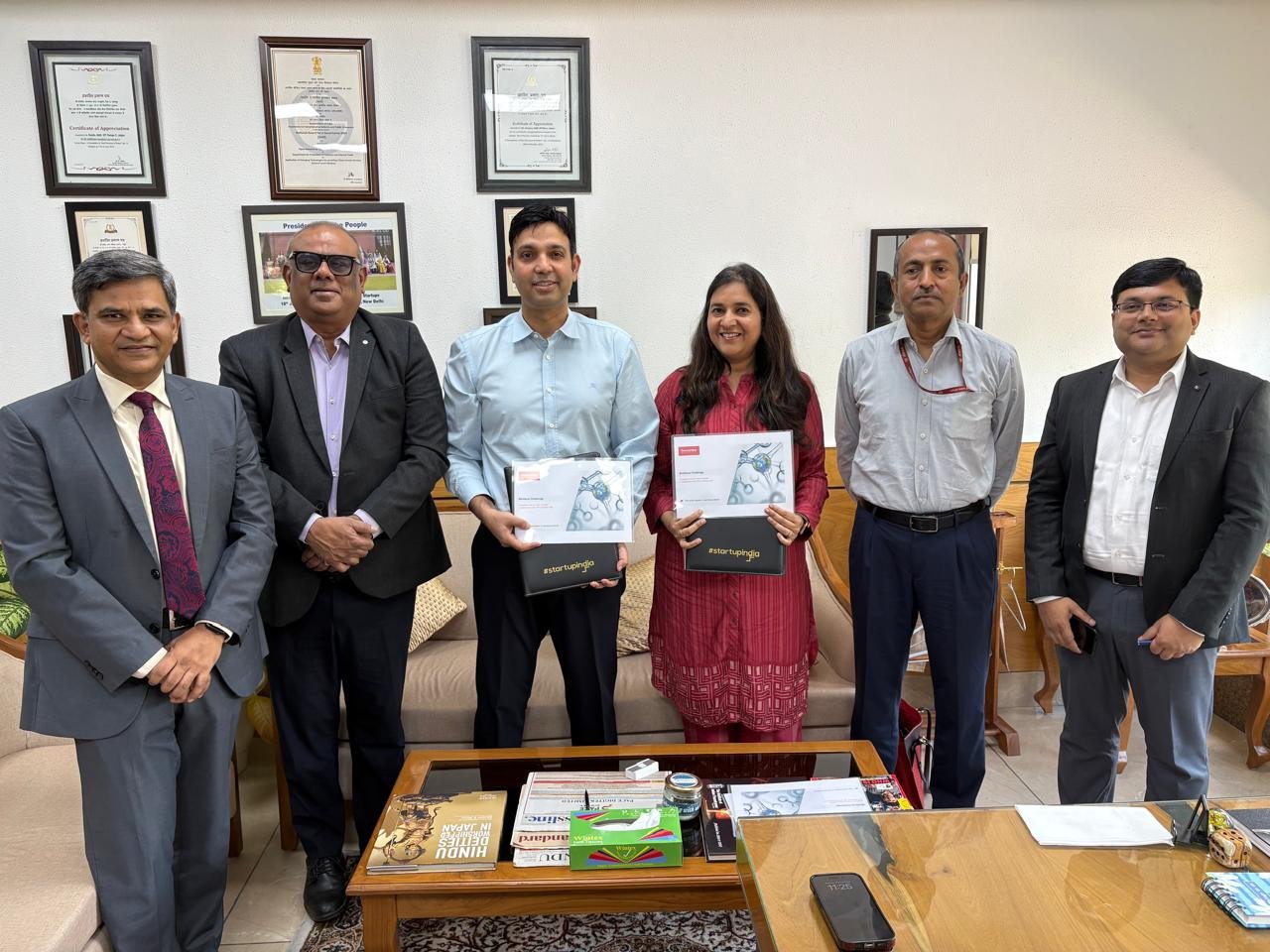Compulsory barcoding decision halted
April 12, 2011 | Tuesday | News
Recently, the Union Health Ministry
decided not to take a hasty decision to enforce compulsory barcoding on
all medicine strips, as the case is pending in the Allahabad High
Court. BioSpectrum
explores
what the furore is about?

In May 2009, the Ministry of Commerce, Government
of India was in for a rude shock, when they received a statement from
Nigeria’s NAFDAC, which stated that around $2.16 million worth of
anti-malarial drugs bearing ‘Made in India’ labels were seized by the
Nigerian authorities. The labels indicated that the drugs were
manufactured in India, but the bill of loading revealed that they had
been exported from China.
In addition to this, there were reports doing the rounds in the African
markets alleging all Indian generic drugs to be spurious or counterfeit
drugs. The Indian Directorate General of Foreign Trade (DGFT) in its
battle against counterfeit drugs, issued a notification on January
2011, making it mandatory for all pharmaceutical and even biological
(like vaccines) companies to affix barcodes on their export products to
track and trace their stock across the entire supply chain.
According to the mandate, the DGFT clearly states that products need to
build track and trace capability for their exported medicines using
barcode technology as per GS1 global standards. Such barcoding is
required at primary, secondary and tertiary level packaging. This
includes incorporating (at all the three levels) 2D and 1D (GS1
data Matrix) medicines at strip/vial/bottle level encoding unique
product identification code (GTIN), batch number, expiry date and
serial number. The deadline given to all pharma exporters to put
barcoding systems in place is July 2011.
Figures and facts on the share of counterfeit products vary but the
unanimous conclusion remains that India is moving towards being the hub
for spurious medicines. A survey of 10,000 samples, funded by the World
Health Organization (WHO) and undertaken by the International
Pharmaceutical Federation last year concluded that 3.1 percent of all
drugs in India were counterfeit. Another survey stated that around
10-20 percent of drugs in India were counterfeit medicines. A follow-up
survey, conducted by the Central Drugs Standard Control Organization
(CDSCO), found the prevalence of spurious drugs at 0.046 percent of all
medicines sold to customers.
Opposition to the mandate
Giving a bird’s-eye view of the government’s expectations from the
industry, Dr Praful Naik, CSO, Bilcare Research, says, “The mandate is
a wake up call for all Indian companies and ideally this should have
been an industry initiative. Post the seizure in Nigeria, the Indian
government does not want to take the blame for export of any
spurious drugs to other countries. Before announcing the mandate, DGFT
had taken consensus of industry bodies. I see this mandate from a
positive angle.”
The notification at large, has given rise to fierce opposition from the
industry on the grounds that it could lead to delays and drastically
hamper drug exports from the country. Baring the top Indian and MNC
companies, who have already incorporated the practice into their
systems, many medium and small-sized companies would view such an
exercise as cumbersome and expensive. The cost of affixing barcodes
(per pack) comes up to approximately one-and-a-half dollars, says an
industry expert. The deadline of July 2011 is too short a notice. A
section of the industry is also of the opinion that the mandate is a
bit obscure and needs to be more clear in its specifications. For
example, though the mandate is applicable to biotech products, many
companies claim that it is still not clear to them as to which class of
biotech products the mandate is applicable to.
The Indian Drug Manufacturers Association (IDMA) submitted a
letter to the DGFT, stating that in a country like India where exports
are equivalent to $10 billion and there are more than 3,500 exporters,
implementing this system would not be practical. The association said
that machinery for such type of barcoding is not available in India and
exporters in the small scale sector cannot afford to implement it. The
letter states that, “By introducing the above, we as a country are
giving a wrong impression to the importing countries that we are
producing counterfeit drugs and therefore the Government of India has
put this type of restriction.”
According to IDMA, the government should have a face-to-face ‘open
meeting’ with industry players to understand feasibility of
implementing such a system. Reports from the IDMA suggest that the DGFT
is yet to respond to such a request.
Nayantara Som in Mumbai


 In May 2009, the Ministry of Commerce, Government
of India was in for a rude shock, when they received a statement from
Nigeria’s NAFDAC, which stated that around $2.16 million worth of
anti-malarial drugs bearing ‘Made in India’ labels were seized by the
Nigerian authorities. The labels indicated that the drugs were
manufactured in India, but the bill of loading revealed that they had
been exported from China.
In May 2009, the Ministry of Commerce, Government
of India was in for a rude shock, when they received a statement from
Nigeria’s NAFDAC, which stated that around $2.16 million worth of
anti-malarial drugs bearing ‘Made in India’ labels were seized by the
Nigerian authorities. The labels indicated that the drugs were
manufactured in India, but the bill of loading revealed that they had
been exported from China. 






